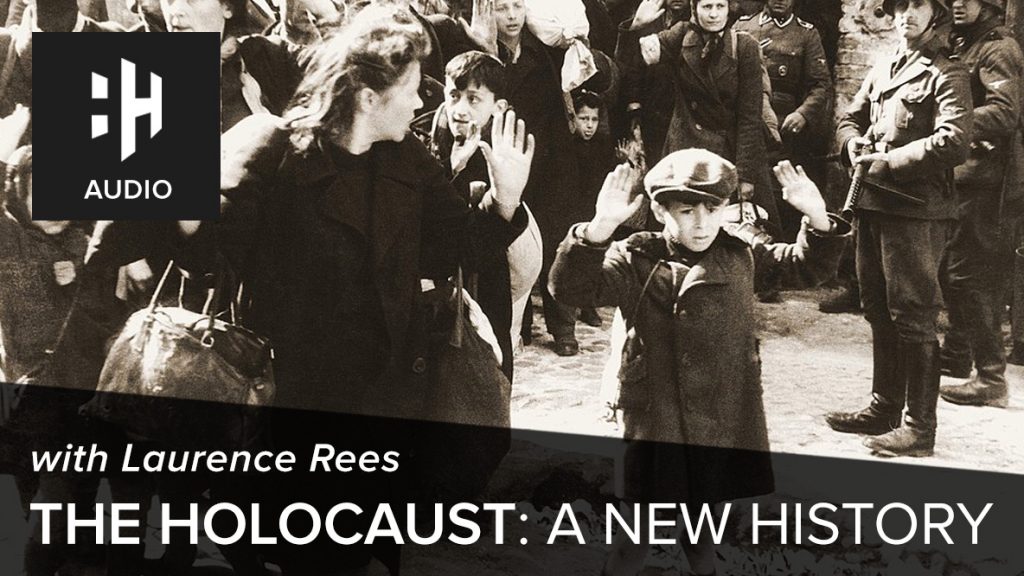
The face-off between Nazi Germany and the Soviet Union on the Eastern Front of World War Two is one of the most, if not the most, destructive theatres of war in history. The scale of the fighting was significantly larger than any other land conflict before or since, and included numerous clashes that were historic in their numbers, including in terms of combatants and casualties.
Here are 10 facts about one of the theatre’s most infamous battles.
 Listen Now
Listen Now1. The Germans launched an offensive against the Soviets
The battle took place in 1943 between the Germans and Soviets from 5 July to 23 August. The Soviets had previously defeated and weakened the Germans at the Battle of Stalingrad in the winter of 1942-1943.
Code named ‘Operation Citadel,’ it was intended to eliminate the Red Army at Kursk and prevent the Soviet army from launching any offensives for the rest of 1943. This would allow Hitler to divert his forces to the Western Front.
2. The Soviets knew where the attack was going to take place
The British Intelligence services had provided extensive information on where a likely attack would take place. The Soviets knew months in advance that it would fall in the Kursk salient, and built up a large network of fortifications so they could defend in depth.

The Battle of Kursk was fought between the Germans and Soviets on the Eastern Front. The terrain provided an advantage to the Soviets because dust clouds prevented the Luftwaffe from providing air support to German forces on the ground.
3. It was one of the biggest tank battles in history
It is estimated that there were as many as 6,000 tanks, 4,000 aircraft and 2 million men involved in the battle, though numbers vary.
The major clash in armour took place at Prokhorovka on 12 July when the Red Army attacked the Wehrmacht. Approximately 500 Soviet tanks and guns attacked the II SS-Panzer Corps. Soviets suffered heavy losses, but nonetheless prevailed.
There is a consensus that the Battle of Brody, fought in 1941, was a bigger tank battle than Prokhorovka.
4. The Germans had extremely powerful tanks
Hitler introduced the Tiger, Panther and Ferdinand tanks into the armed forces and believed that they would lead to victory.
The Battle of Kursk demonstrated that these tanks had a high kill ratio and could destroy other tanks from a long fighting distance.
Although these tanks made up under seven per cent of the German tanks, the Soviets did not initially have the power to counter them.
5. The Soviets had more than double the number of tanks than the Germans
The Soviets knew they did not have the technology or time to create tanks with the firepower or protection to go up against the German tanks.
Instead, they focused on creating more of the same tanks that they introduced when the war began, which were faster and lighter than the German tanks.
The Soviets also had a larger industrial force than the Germans, and thus were able to create more tanks for battle.

The Battle of Kursk is regarded as the greatest tank battle in history.
6. The German forces could not break through the Soviet defences
Although the Germans had powerful weaponry and advanced technology, the could still not break through the Soviet defences.
Many of the powerful tanks were brought to the battlefield before they were finished, and some failed due to mechanical errors. Those that were remained were not strong enough to break through the Soviet’s layered defence system.
7. The battlefield gave the Soviets a major advantage
Kursk was known for its black earth, which produced major dust clouds. These clouds hindered the Luftwaffe’s visibility and prevented them from providing air support to soldiers on the ground.
The Soviet forces did not face this problem, as they were stationary and on the ground. This allowed them to attack with less difficulty, as they were not hindered by poor visibility.
8. The Germans suffer unsustainable losses
While the Soviets lost far more men and equipment, the German losses were unsustainable. Germany suffered 200,000 casualties from a force of 780,000 men. The attack ran out of steam after just 8 days.

The battlefield gave the Soviets a military advantage as they remained stationary and were able to shoot at German forces more easily.
9. Some Soviet tanks were buried
Germans were continuing to press forward and break through Soviet defences. The local Soviet Commander Nikolai Vatutin decided to bury his tanks so that only the top showed.
This was intended to draw the German tanks closer, eliminate the German advantage of long-range fighting, and protect Soviet tanks from destruction if hit.
 Watch Now
Watch Now10. It was a turning point on the Eastern Front
When Hitler received news that the Allies had invaded Sicily he decided to cancel Operation Citadel and divert forces to Italy.
The Germans refrained from trying to mount another counter-attack on the Eastern Front and never again emerged victorious against Soviet forces.
After the battle, the Soviets began their counter offensive and began their advance west into Europe. They captured Berlin in May 1945.














